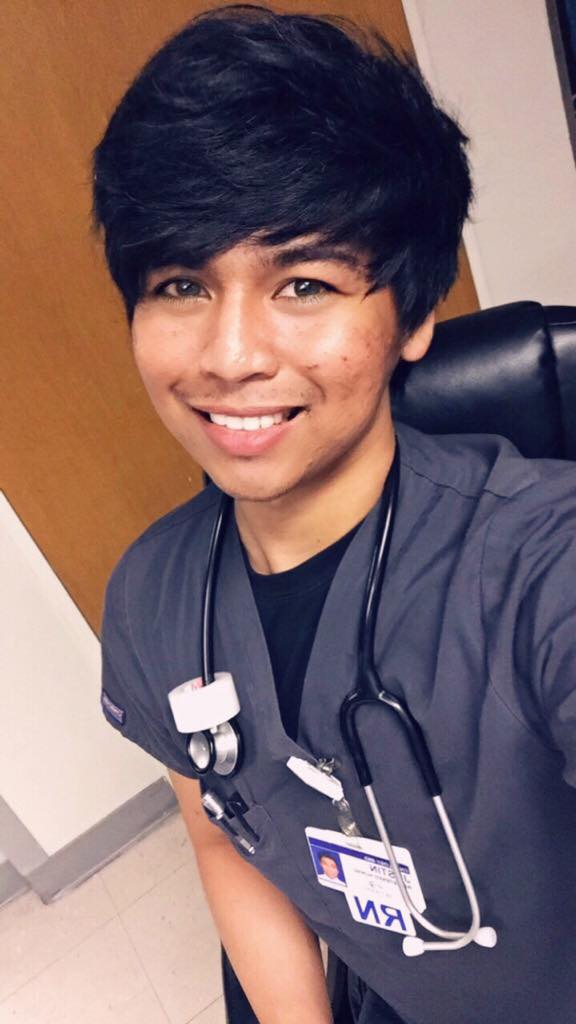By Justin Louie Camacho, BSN, RN, OCN®
“It’s going be okay.”
That common phrase is full of meaning, yet so vague. Often, it’s a patient’s response when they’re first diagnosed or are told that all of the treatments have failed and they only have a few months to live. Other times, a family member will voice the remark when holding a patient’s hand as they provide comforting hope or temporary relief from distress. Sometimes an oncology nurse shares the phrase in an attempt to calm the agony their patients face each day.

A cancer diagnosis is a perplexing dimension to add to someone’s life. It gives patients a sudden storm of unexplainable emotions and a colossal wave of questions. It tests their reality. It’s difficult. It’s devastating. The thought of having cancer is as physically, emotionally, and mentally taxing as the disease’s symptoms.
Cancer care has evolved and is now more complex, but the rise in advancements and innovations gives us the opportunity to provide the best quality care and improve outcomes. Yet cancer continues to transpire its aim. End of life is a natural part of our earthly cycle and a reality in oncology care.
End-of-life care decisions begin with advance care planning, and people often negatively perceive these advance directives. Patients don’t enjoy discussing how they want to die, and family members may give the impression we aren’t doing everything we can. However, this process helps patients take control again. It redefines the purpose of life and facilitates genuine, deep conversation with their loved ones.
I once asked a patient after he signed his do-not-resuscitate order, “What does it mean to you to sign this paper?’’
“I’m ready,” he replied.
His answer was short but carried a universe of meaning and stratospheric range of emotion.
As Lucy Kalanithi, MD, FACP, reflected in the epilogue of her late husband’s book When Breath Becomes Air, living is engaging in a full range of experience. Being born, dying, loving, and losing are all things each of us experiences. Being human doesn’t happen without suffering; it happens within it.
For patients with cancer, living is equal to dying, with the agony of suffering. The battle between the hope of “what if” and quality of life is a dilemma for both patients and their families. Integrating palliative care in a patient’s care continuum is instrumental in helping them to live their life to the fullest. It lights the path so they can envision their cancer journey clearly. Palliation is flexible along with curative intent or comfort measures.
The transition to end-of-life care is the most crucial time for patients with cancer and their families. During this time we witness some of the most authentic connections between patients and their loved ones: moments in which they seek forgiveness, confess love, and reminisce life.
Cancer isn’t always a battle or, if it is, maybe it’s a fight with something different than we initially thought. Our job as oncology nurses isn’t to fight fate but to help someone through, not as soldiers but as shepherds. That’s how we make it okay even when it’s not.
Oncology nurses have the power to transform this painful time into a meaningful experience of death for both patients and their families. Jessica Hanson, RN, said in her speech Permission to Feel at the End Well Symposium that orchestrating a dignified death influence and healing process is not easy, but it is enlightening. When we approach suffering together, when we choose not to hide from it, our lives don’t diminish, they expand.






